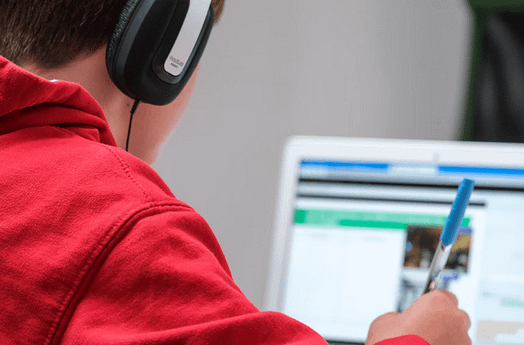The Key to Customized Education: Unlocking Children’s Learning Styles for Tailored Teaching

Education plays a crucial role in shaping the future of our children. Each child is unique and possesses their learning style, which affects how they absorb information and engage with the learning process. Recognizing and understanding these learning styles can unlock the potential for tailored teaching and customized education. In this article, we will explore common learning styles and discuss how catering to these styles can enhance children’s educational experiences.
Visual Learners
Visual learners grasp information best when presented through visual aids such as diagrams, charts, or images. These learners have a strong preference for visual stimuli and benefit from colorful and well-organized materials. Teachers can engage visual learners by incorporating visual aids into their lessons, using visual presentations, and encouraging the use of drawings and mind maps. By leveraging visual learning techniques, educators can effectively convey complex concepts and enhance comprehension for visual learners.
Auditory Learners

Auditory learners absorb information most effectively through listening and speaking. They prefer oral instructions, discussions, and verbal explanations. Teachers can cater to auditory learners by incorporating interactive and group activities, encouraging class discussions, and providing opportunities for students to share their thoughts and ideas verbally. Additionally, using audio recordings or podcasts can enable auditory learners to review and reinforce concepts outside the classroom. By integrating auditory elements into teaching strategies, educators can create an engaging and productive learning environment for auditory learners.
Kinesthetic Learners
Kinesthetic learners learn best through physical movement and hands-on experiences. They thrive when given opportunities for tactile exploration and active participation. Teachers can accommodate kinesthetic learners by incorporating interactive experiments, field trips, role-playing, and hands-on activities into their lesson plans. Providing opportunities for kinesthetic learners to engage in physical movement while learning helps them internalize and retain information more effectively. By encouraging physical involvement, educators can create a dynamic and stimulating learning environment for kinesthetic learners.
Reading/Writing Learners

Reading/writing learners have a strong preference for written materials and activities. They thrive when provided with written instructions, textbooks, and assignments. These learners excel in note-taking, summarizing information, and expressing themselves through writing. Educators can support reading/writing learners by providing well-structured written materials, assigning written essays or reports, promoting reading comprehension, and encouraging reflective journaling. By incorporating reading and writing activities into their teaching methods, educators can foster reading/writing learners’ abilities to analyze information and express themselves effectively.
By embracing visual, auditory, kinesthetic, and reading/writing learning styles, educators can unlock children’s potential and enhance their educational experiences. Incorporating teaching strategies that align with different learning styles not only improves comprehension and retention but also fosters engagement and enthusiasm for learning.
